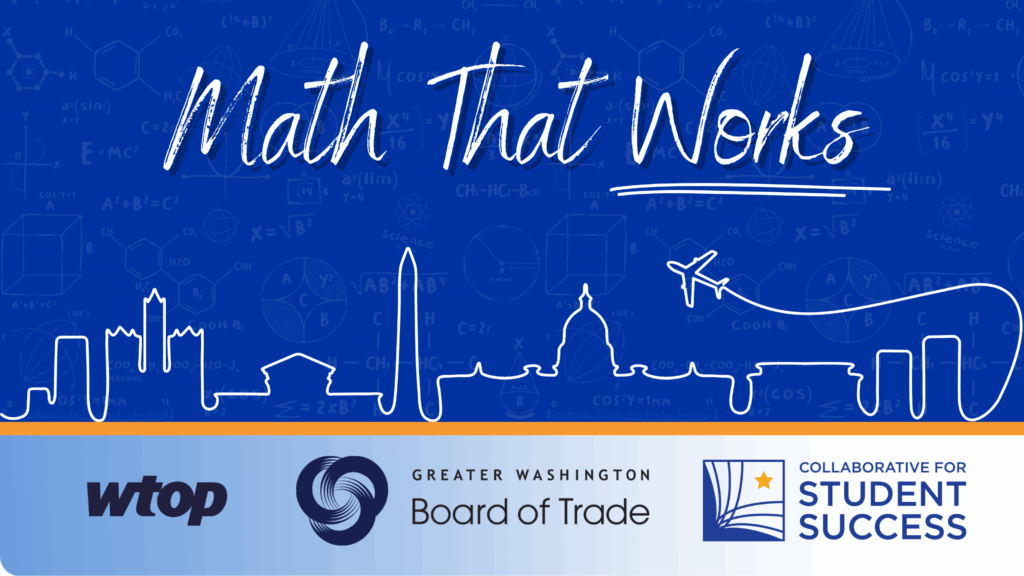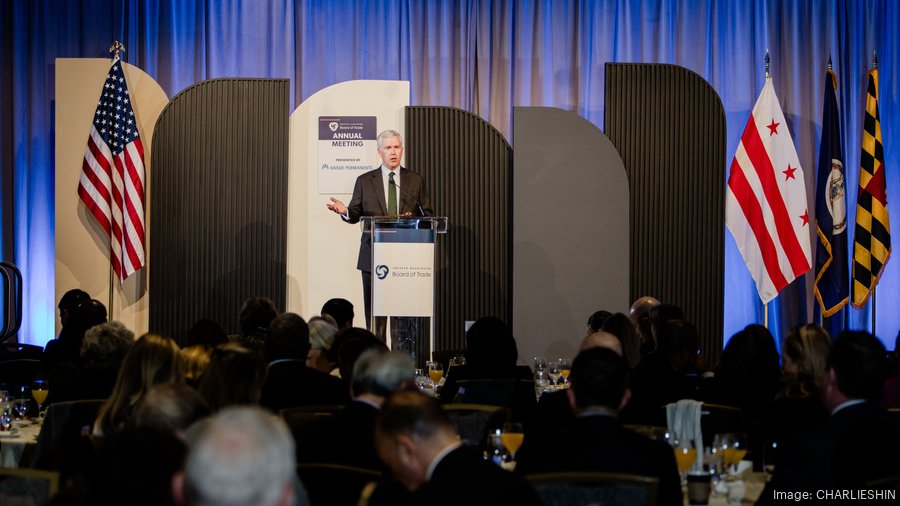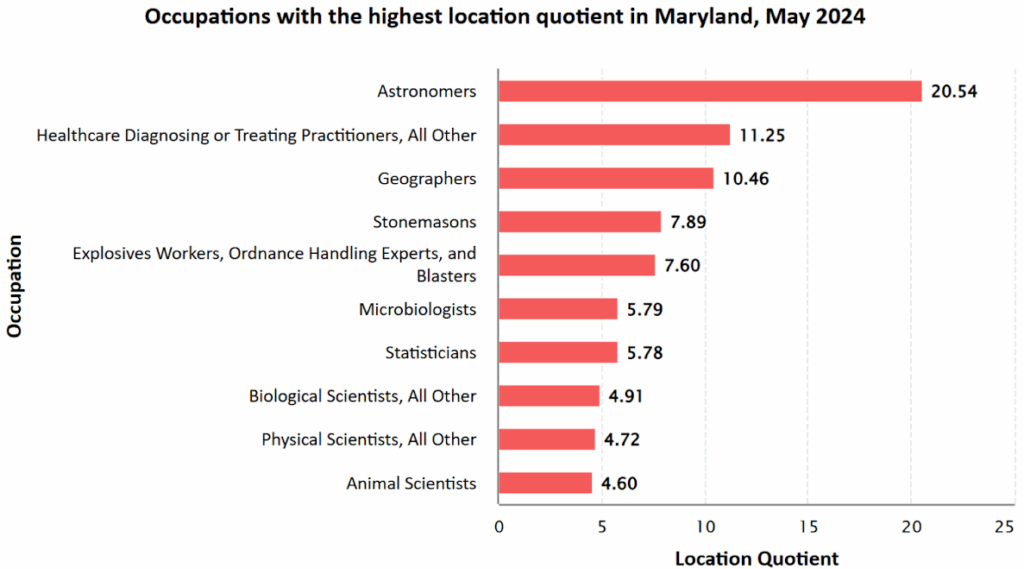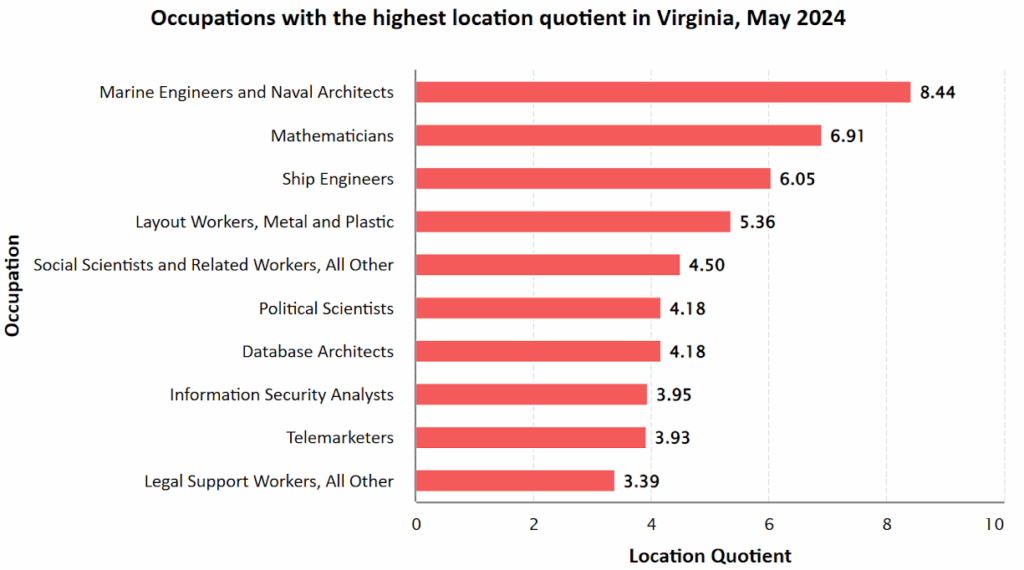Math That Works
A new regional series from the Greater Washington Board of Trade and WTOP, in partnership with the Collaborative for Student Success.
Math That Works spotlights how strong math education expands opportunity for students and strengthens the region’s talent pipeline and economy.
In this series, regional leaders and educators explore what’s working, what’s next, and how classroom skills power real-world growth.
Add Your Heading Text Here
Add Your Heading Text Here
Add Your Heading Text Here
Add Your Heading Text Here
Add Your Heading Text Here
Add Your Heading Text Here
News from the Region
Explore the latest stories, partnerships, and policy efforts advancing math education and workforce readiness across DC, Maryland, and Virginia.

Math in the DMV
10/2/2025
WTOP News
In the Washington, D.C. region, nearly 300,000 new jobs are expected by 2030, according to the Greater Washington Partnership.
It means there will be demand for workers with the right mix of skills, including math fluency.

Both man and machine are causing big changes in the Washington, D.C. region
9/1/2025
WTOP News
“Our region is undergoing a fairly significant transformation,” said Jack McDougle, the President and CEO of the Greater Washington Board of Trade, “probably the greatest transformation it’s ever seen.”

A new era for Greater Washington: Leading the digital economy
6/5/2025
Biz Journals
Our region is navigating profound changes and uncertainty, driven by the federal government and the accelerating pace of technological disruptions.

Virginia Confronts Its ‘Honesty Gap’ In K-12 Learning
2/17/2025
Forbes
The flood of recent dismal education reports — from the National Assessment of Educational Progress to the Education Recovery Scorecard — is stinging evidence that now is not the time to take the foot off the gas in terms of holding students, parents and policy makers to high educational standards.
The Landscape
Across DC, Maryland, and Virginia, math performance is slipping at a time when our region’s economy depends on it more than ever. Recent results on the National Assessment of Educational Progress (NAEP) show steep drops in student proficiency, leaving too many students underprepared for what’s next.
Yet this is also a moment of possibility. Math is a gateway to college readiness, career pathways, and upward mobility. In a region powered by technology, the federal government, defense, finance, and health care, employers depend on strong math skills.
When students succeed in math, our region thrives. But when math performance lags, so too does our competitiveness and our ability to build inclusive prosperity.
The percentage of students proficient in math in 2024.
The percentage of students proficient in math in 2024.
The percentage of eighth graders proficient in math on the 2024 NAEP.
Gaps between student readiness and job requirements
The percentage of U.S. high school graduates demonstrating proficiency in critical thinking and problem-solving skills, according to a 2023 National Center for Education Statistics report
The percentage of teachers who believe their schools are not doing enough to prepare students for career readiness, citing a lack of funding and curriculum focus on soft skills, according to a 2022 Gallup survey.
Students who receive career education in high school are 30% more likely to be employed within a year of graduation. (Brookings Institution)
The International Labour Organization (ILO) states that a 10% improvement in workforce readiness can boost a country’s GDP by 3%, demonstrating the transformative power of skills development.
With a GDP of $26.9 trillion in 2023, the U.S. stands to gain $807 billion from a 10% improvement in workforce readiness.
Research from the Brookings Institution indicates that students receiving targeted career education during high school are 30% more likely to secure full-time employment within one year of graduation than those without.
Economic cost of low math proficiency
(lower wages, fewer pathways)
Why Math Matters for the DMV Workforce
Projected Growth
The DMV ranks among the top U.S. regions for the density of math-driven industries including federal agencies, IT, engineering, and biotech.
Computer & mathematical occupations — vital for careers in STEM, data science, engineering, fintech, and government — are expected to grow 10.1% nationally by 2034, representing more than 30,000 new job openings annually.
Computer and mathematical occupations are among the fastest growing segments in the DMV and are projected to expand by at least 10% through 2034 — potentially adding well over 100,000 jobs region-wide.
Wage Premium
$60,000–$80,000
In Virginia and Maryland, occupations centered around mathematical skills (like data analysts, statisticians, or actuaries) earn an average of $60,000–$80,000 more annually than less math-intensive roles.
$20,000–$80,000
Combining data from Maryland and Virginia, math-heavy careers (like engineering, analytics, cybersecurity) tend to earn $20,000–$80,000 more annually than comparable roles without higher-level quantitative requirements.
Industry Snapshot
Lorem ipsum dolor sit amet, consectetur adipiscing elit. Ut elit tellus, luctus nec ullamcorper mattis, pulvinar dapibus leo.
Spotlights & Success Stories
Student
Opportunities
Dual Enrollment Programs
DCPS Career Ready and Maryland Early College pathways.
Nonprofit Spotlights
STEM tutoring initiatives and afterschool robotics programs.
Business Partnerships
Apprenticeships
Tech apprenticeships connecting students with regional employers
Corporate Initiatives
Healthcare systems offering STEM scholarships and internships.
Success
Profiles
A student from Prince George’s County who leveraged dual-enrollment math to enter cybersecurity.
A Northern Virginia student who pursued an engineering pathway through a business-sponsored mentorship.
Spotlight
Stay updated on the Math & Workforce Series
"*" indicates required fields


